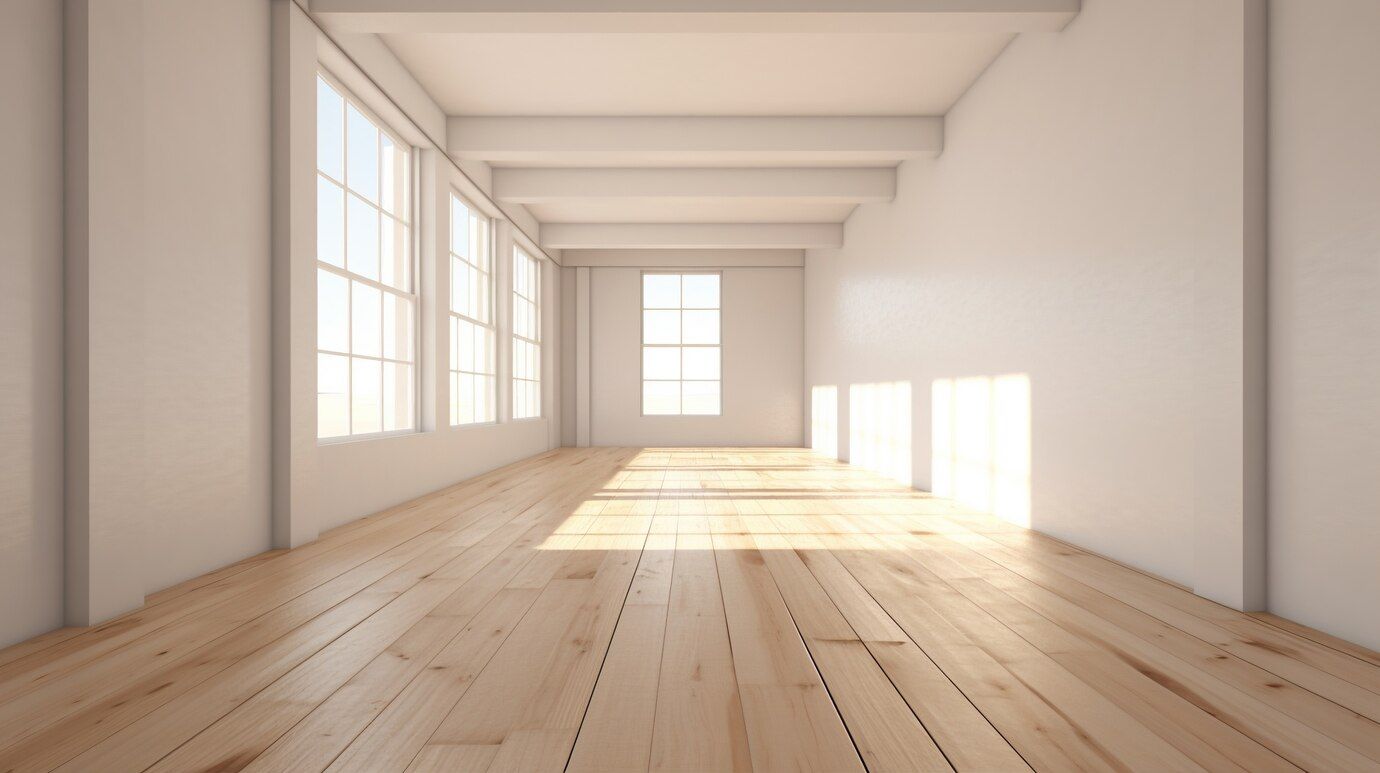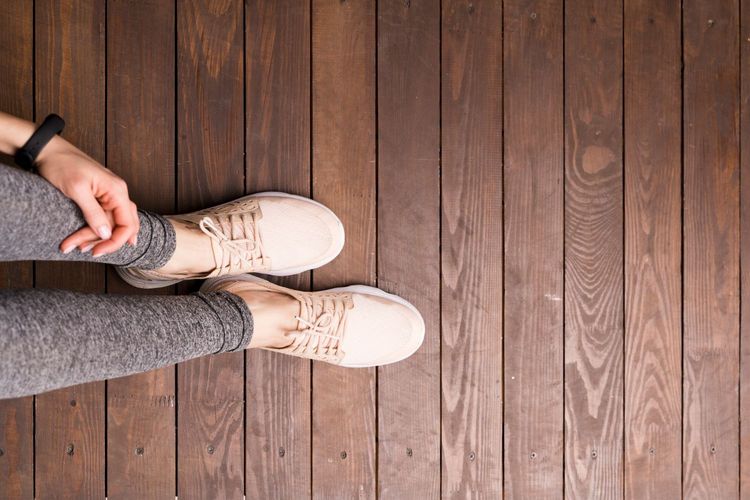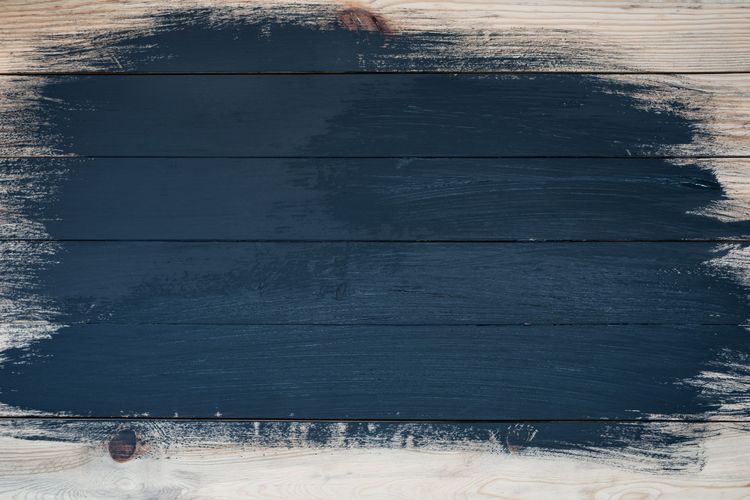What an engineered board is and how to attach it

Engineered plank is a modern flooring material that combines the aesthetics of natural wood with the durability of a multi-layer construction. Due to its characteristics, it is becoming increasingly popular for installation in residential and commercial settings. In this article, we'll explain what engineered planking is, how it differs from other floor coverings, and what fastening methods will help achieve a reliable and durable installation.
What is engineered flooring
Advantages
- Stability of the top layer. Unlike parquet flooring, engineered plank better tolerates temperature fluctuations, retaining its shape and appearance.
- Long service life. If the manufacturer's recommendations are followed, such a coating can last up to 40 years and more.
- Multiple sanding. The top layer of the engineering board can be repeatedly sanded and renewed with varnish, extending its service life.
- Easy installation. The installation process of the engineering board is quite simple and convenient.
- Quick installation. Thanks to the locking joints, the installation of the board is faster, which saves time.

Disadvantages of installation
- The complexity of replacing individual boards. If repairs are required, it may be difficult to replace individual planks.
- Impossibility of re-installation. Engineered planks cannot be re-laid, except when using the floating method without gluing.
Installation methods
Adhesive
This method uses one- or two-component polymer-based adhesive compounds. Most manufacturers recommend polyurethane adhesives because they are resistant to moisture, temperature changes and create a strong bond. Engineered board can be adhered to a variety of substrates including screed, wood flooring, plywood, and even fabric mats for concrete substrates. These materials help reduce the effects of shifting and bending of the floor, as well as smoothing out unevenness. Before you start laying, you need to calculate the adhesive consumption per square meter and for the entire floor area.
Floating
Some manufacturers offer two-layer engineered planks that are joined using locks without the use of glue. This method is called floating because the board is not fixed rigidly to the subfloor. However, because of the two-layer construction, engineered planks can warp with changes in humidity. Without fixation to the substrate, the boards may start to squeak and the locks may separate, especially if they are made poorly.
Combined - with glue and fasteners
For engineered wood installations, a combination method using glue and fasteners provides reliability and durability. Glue helps to lay the elements together, minimizing movement and squeaks, while fasteners, such as self-tapping screws, add extra strength. This approach creates a stable structure, preventing warping and damage.
Glue in the key
This method is most often used for domestic engineering boards with “tongue and groove” joints. The technology was originally developed for the construction of houses made of undried timber, so that such buildings retain their geometry and are resistant to shrinkage. Laying the engineering board on this technology is more labor-intensive, but provides reliable fastening and quality connections. This method is especially popular in regions with high humidity or sharp temperature fluctuations.
Substrates to be mounted on

Concrete
Laying the engineering board on a concrete substrate requires careful preparation. It is important to make sure that the concrete is completely dry and has an even surface. To improve adhesion and protect against moisture, a waterproofing layer is often applied to the concrete screed. If the adhesive method of installation is used, the board is fixed directly to the concrete using polyurethane or other suitable adhesive. If necessary, leveling polymer mats can be laid on the concrete base.
Plywood
Plywood is an excellent substrate for installing the engineering board, as it provides an even and durable surface. Usually plywood is laid on lagging or concrete base, having previously fixed it. The board can be laid on the plywood using both the adhesive method and the combined method - using glue and fasteners. This method allows you to improve the stability of the coating and avoid deformations with changes in temperature and humidity.
Recommended tools for work
- Screwdriver
- Staple gun
- Various fasteners (self-tapping screws, studs of the required size)
- Mallet (special rubber mallet)
- Parquet saw or hacksaw
- Angle grinder
- Angle
- Roulette
- Moisture meter
- Nozzle for mixing glue



